Remember when TV commercials were an event in themselves? Back in the ’80s, we didn’t have DVRs or streaming services to skip past the ads – we actually watched them, and some were so catchy they became part of our daily vocabulary. Those jingles got stuck in our heads for weeks, and we found ourselves humming along to everything from fast food to fabric softener.
1. Cabbage Patch Kids
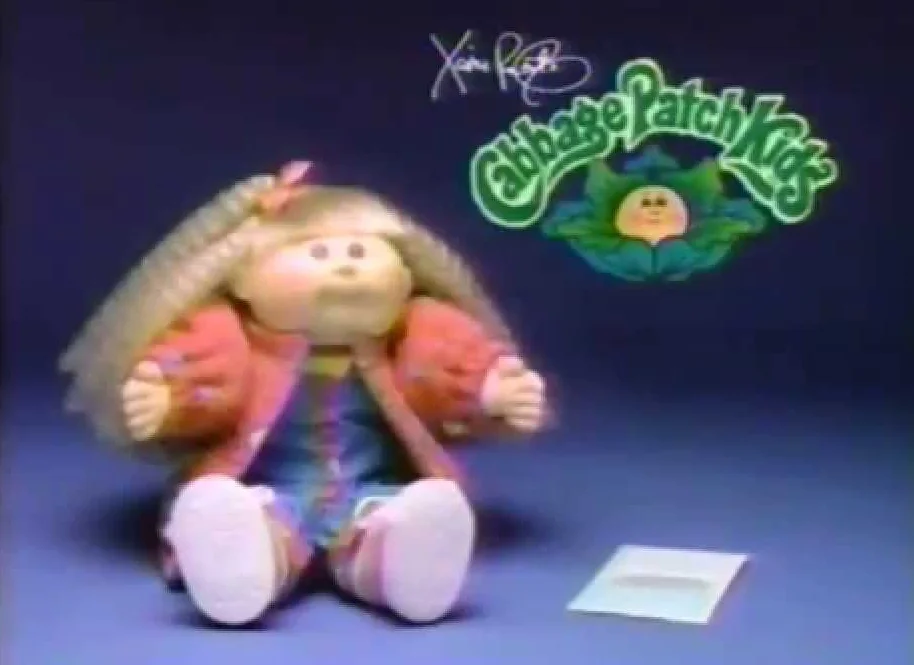
Every kid wanted to “adopt” their very own Cabbage Patch Kid, and the commercials made it seem like these dolls were practically real babies waiting for loving homes. The ads showed children cradling their unique dolls with names like “Otis Lee” or “Cornelia Georgina,” complete with adoption papers that made the whole experience feel official. Parents lined up for hours at toy stores, and some even got into scuffles over the last doll on the shelf – all because those commercials convinced us these weren’t just toys, they were family members.
The phenomenon was so intense that news stations actually covered the “Cabbage Patch riots” during the 1983 Christmas shopping season. Xavier Roberts, the creator, appeared in commercials explaining how each doll was “born” in Babyland General Hospital, complete with a backstory that made parents feel guilty if they didn’t get one for their child. Those ads were so effective that Cabbage Patch Kids became the must-have toy of the decade, spawning everything from breakfast cereal to Saturday morning cartoons.
2. Tab Cola
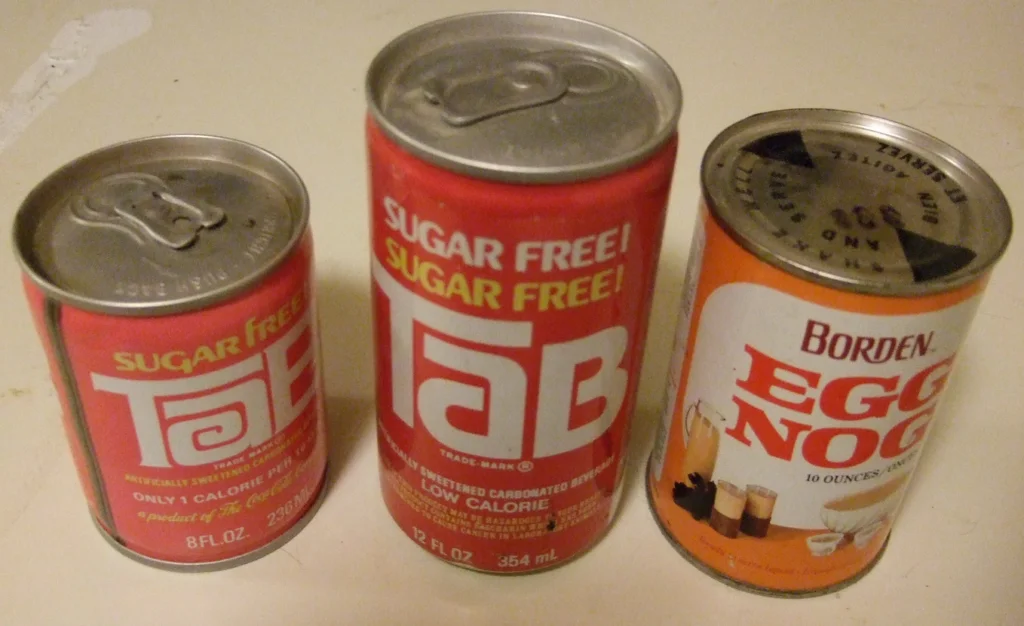
Before Diet Coke dominated the sugar-free market, Tab was the cola for people watching their waistlines, and the commercials made it seem downright glamorous. Beautiful women in workout gear or business suits would crack open a Tab and declare it was “for beautiful people” – a slogan that somehow didn’t sound as ridiculous back then as it does now. The pink cans became a status symbol, and drinking Tab meant you were health-conscious and sophisticated.
The commercials often featured upbeat music and attractive people living their best lives, all thanks to choosing Tab over regular cola. Coca-Cola spent millions on advertising campaigns that positioned Tab as the drink for the modern, active lifestyle that everyone was embracing in the fitness-crazy ’80s. Even though the artificial sweetener saccharin had some health concerns, those ads made Tab seem like the smart choice for anyone who wanted to “stay in shape” and look fabulous doing it.
3. Ronco Pocket Fisherman

Ron Popeil’s Pocket Fisherman was the ultimate “As Seen on TV” product, and those commercials were absolutely mesmerizing in their enthusiasm. The ads showed this compact fishing rod that could supposedly fit in your back pocket, perfect for the businessman who wanted to catch his lunch during a coffee break. Popeil himself would demonstrate how easy it was to use, often catching fish right there on camera with his infectious excitement and that famous line about “setting the hook.”
The commercials aired constantly during late-night hours and weekend afternoons, targeting everyone from serious anglers to complete novices who thought fishing might be fun if it were this simple. The Pocket Fisherman cost just $19.95 (plus shipping and handling, of course), and the ads made it seem like you’d be crazy not to have one for those spontaneous fishing moments. Millions were sold, though most probably ended up in junk drawers rather than tackle boxes, but those commercials sure made us believe we needed portable fishing capabilities.
4. Jordache Jeans

Jordache jeans weren’t just pants – they were a lifestyle, at least according to the commercials that made wearing them seem like joining an exclusive club. The ads featured gorgeous models and regular people alike showing off their curves in tight-fitting denim while a sultry voice crooned about the “Jordache look.” These weren’t your ordinary blue jeans; they were designer denim that promised to make you feel confident and attractive.
The horse logo became instantly recognizable, and the commercials emphasized quality and style over the more practical work-wear image of other jean brands. Jordache positioned itself as the sophisticated choice for people who wanted to look fashionable, and their advertising campaigns featured aspirational imagery of beautiful people living glamorous lives. The jeans were pricier than Levi’s or Wrangler, but those commercials convinced millions of Americans that the extra cost was worth it for that premium feeling and perfect fit.
5. Calvin Klein Obsession
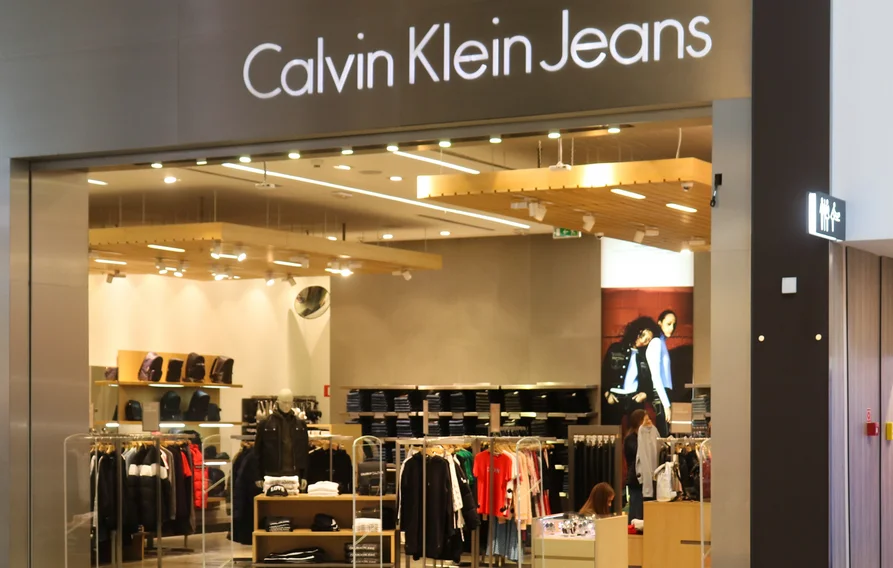
Calvin Klein’s Obsession fragrance commercials were unlike anything else on television – artistic, mysterious, and just suggestive enough to make parents reach for the remote. The black-and-white ads featured beautiful people in various states of undress, speaking in whispers about desire and passion while dramatic music played in the background. These weren’t your typical “splash some on and smell great” fragrance commercials; they were more like short art films that happened to be selling cologne.
The campaign was so provocative that it generated controversy and plenty of free publicity, which was probably exactly what Calvin Klein intended. The ads suggested that wearing Obsession would make you irresistibly attractive and lead to romantic encounters, all without actually showing anything inappropriate for television. The fragrance became hugely popular, and those moody, atmospheric commercials helped establish Calvin Klein as a luxury brand that understood sophisticated desire and modern romance.
6. Bartles & Jaymes Wine Coolers
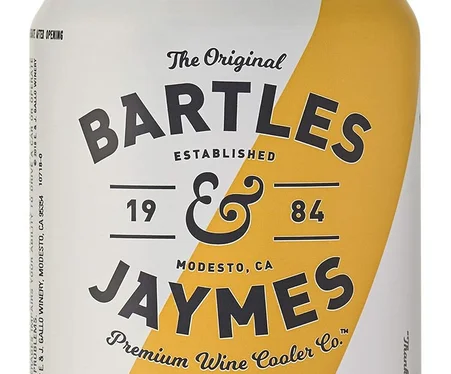
Frank Bartles and Ed Jaymes became household names thanks to their folksy commercials for wine coolers, even though they were actually fictional characters played by actors. The ads featured these two “ordinary guys” sitting on a porch, with Frank doing all the talking while Ed just nodded along, explaining how they decided to make wine coolers in their backyard. The commercials had a homespun, authentic feel that made Bartles & Jaymes seem like a small family business rather than a product from a major corporation.
The tagline “Thank you for your support” became part of popular culture, and people would quote Frank’s deadpan delivery in everyday conversation. These commercials aired constantly during prime time and helped establish wine coolers as the perfect drink for casual social occasions. The folksy approach was so successful that it spawned countless imitators, but none captured the genuine charm of Frank’s rambling monologues about their wine cooler business and Ed’s silent partnership.
7. Ginsu Knives
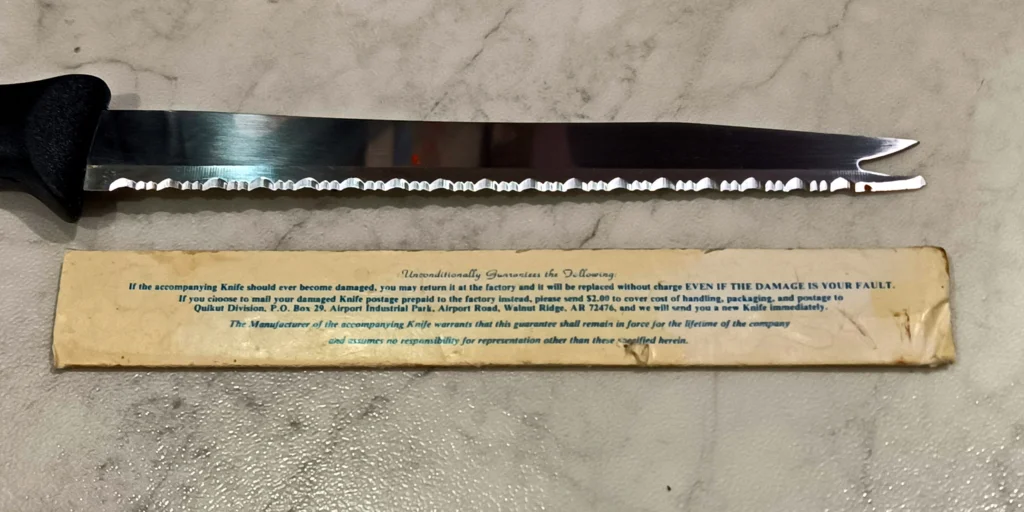
The Ginsu knife commercials were the gold standard of infomercial-style advertising, showing these Japanese-style knives cutting through everything from tomatoes to tin cans with equal ease. The demonstrations were almost hypnotic as the announcer would slice through a leather boot, then immediately cut a perfect tomato slice, proving these knives could handle anything your kitchen could throw at them. The phrase “But wait, there’s more!” became synonymous with these ads, as they’d pile on bonus items like steak knives and a spiral slicer.
The commercials made cooking seem effortless and almost magical – with the right knife, anyone could be a master chef capable of preparing restaurant-quality meals at home. The dramatic demonstrations and enthusiastic narration convinced millions of Americans that their old kitchen knives were practically useless compared to these amazing Ginsu blades. At just $19.95 for the whole set, the commercials made it seem like you’d be foolish not to order immediately, and that sense of urgency drove sales through the roof.
8. Rubik’s Cube
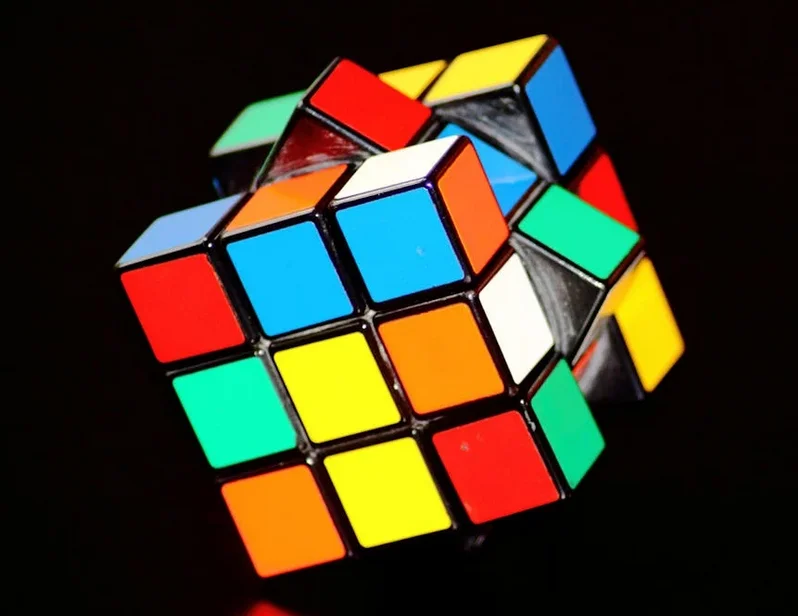
The Rubik’s Cube commercials made this colorful puzzle seem like the ultimate test of intelligence and patience, perfect for the puzzle-obsessed culture of the early ’80s. The ads showed kids and adults alike twisting and turning the cube with intense concentration, their faces lighting up when they finally solved it. The commercials suggested that mastering the Rubik’s Cube was a sign of intelligence and persistence, making it the perfect gift for anyone who enjoyed a mental challenge.
What the commercials didn’t mention was how incredibly frustrating this puzzle could be for most people, who would twist it randomly for hours without making any real progress. The ads made it look so achievable, showing people solving it in just minutes, but the reality was that most cubes ended up with the stickers peeled off and rearranged by frustrated puzzlers. Despite the difficulty, or perhaps because of it, the Rubik’s Cube became a cultural phenomenon, and those commercials helped turn a simple puzzle into one of the best-selling toys of all time.
9. Federal Express
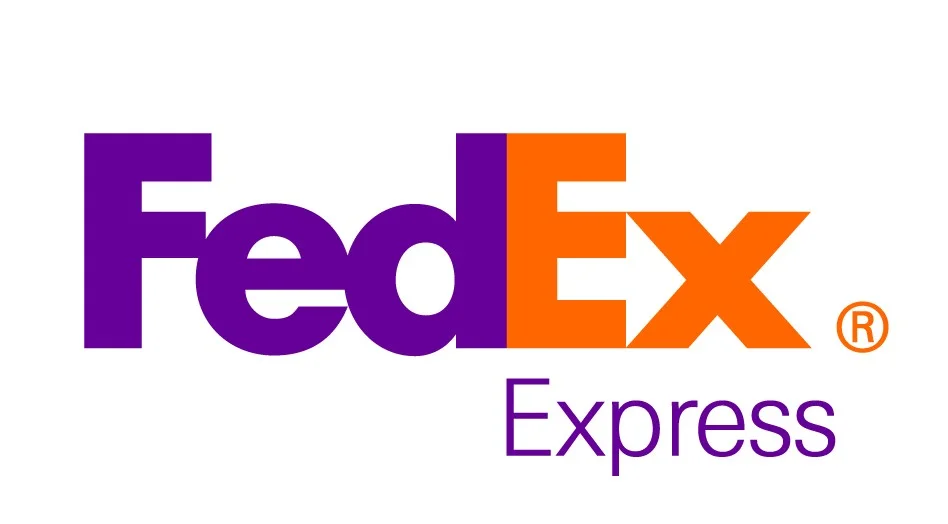
Federal Express commercials introduced us to the concept of overnight delivery with such enthusiasm that “FedEx” became a verb, and “absolutely, positively overnight” became part of our vocabulary. The ads often featured frantic businesspeople who needed documents delivered yesterday, and FedEx was positioned as the hero that could save careers and close important deals. The commercials made overnight shipping seem like a modern miracle, transforming the way Americans thought about mail and package delivery.
The fast-talking executive became an iconic character in one memorable campaign, speaking at lightning speed about urgent business needs while FedEx provided the solution. These ads helped establish the idea that in business, time was money, and paying extra for overnight delivery was just good sense. Federal Express commercials were so effective that they created an entire industry of express shipping services, but FedEx remained the gold standard thanks to their memorable advertising campaigns.
10. Pac-Man Cereal

General Mills created Pac-Man cereal to capitalize on the video game craze, and the commercials were just as energetic and colorful as the arcade game itself. The ads featured the familiar Pac-Man sound effects and showed kids chasing around their breakfast bowls, pretending the cereal pieces were power pellets and ghosts. The commercials made eating breakfast seem like playing a video game, which was pretty much every kid’s dream come true.
The cereal came in Pac-Man shapes and ghost shapes, and the commercials emphasized how fun it was to eat your favorite video game characters for breakfast. Kids would beg their parents to buy Pac-Man cereal so they could recreate the arcade experience at the breakfast table, complete with the “waka-waka” sound effects. While the cereal itself was basically just sugary corn puffs, those commercials made it seem like the most exciting breakfast option available, and it flew off grocery store shelves during the height of Pac-Man fever.
11. Atari 2600
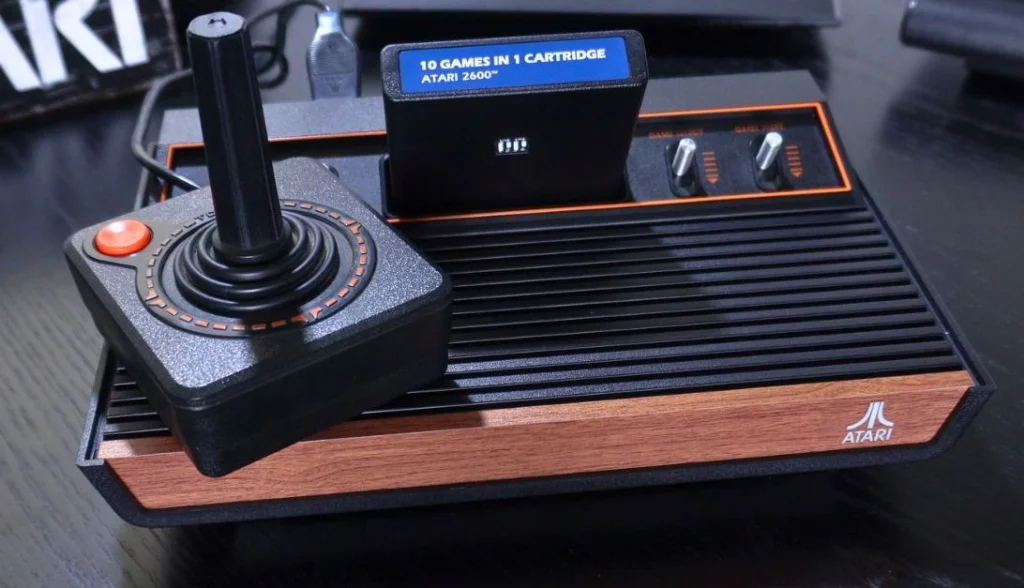
Atari commercials promised to bring the arcade experience home, showing families gathered around their television sets having the time of their lives playing video games. The ads featured kids and parents alike enjoying games like “Combat” and “Pong,” suggesting that Atari could provide hours of wholesome family entertainment. The commercials made the Atari 2600 seem like the ultimate modern convenience – who needed to go to the arcade when you could have unlimited gaming at home?
The “Have you played Atari today?” campaign became instantly recognizable, and the commercials helped establish video games as a legitimate form of home entertainment rather than just arcade curiosities. The ads showed people of all ages enjoying the simple graphics and basic gameplay, making it clear that you didn’t need to be a technical genius to have fun with video games. These commercials helped launch the home video game industry and made Atari a household name that’s still recognized decades later.
12. Polaroid Instant Cameras

Polaroid commercials, often featuring celebrities like James Garner, made instant photography seem like pure magic – you could take a picture and watch it develop right before your eyes. The ads emphasized the excitement of not having to wait days or weeks to see your photos, showing families capturing precious moments and immediately sharing them with everyone present. The commercials made Polaroid cameras seem essential for anyone who wanted to preserve memories and share them instantly.
The “shake it like a Polaroid picture” phenomenon started with these commercials, even though Polaroid later advised against shaking the photos. The ads showed people at parties, family gatherings, and special occasions, capturing spontaneous moments that could be enjoyed immediately rather than forgotten while waiting for film processing. These commercials helped establish Polaroid as the camera for people who wanted instant gratification and immediate memories, making it a must-have item for anyone who took photography seriously.
Those were the days when commercials were mini-entertainment shows that we actually looked forward to watching. The jingles, catchphrases, and memorable characters from these ’80s ads became part of our shared cultural experience, creating connections between strangers who could quote the same commercial or hum the same jingle. While we might have more viewing options now, there’s something to be said for those simpler times when the whole family would gather around the TV and actually pay attention to what was being advertised between our favorite shows.
This story Popular ’80s Products You Forgot Were in Almost Every Commercial Break was first published on Takes Me Back.


